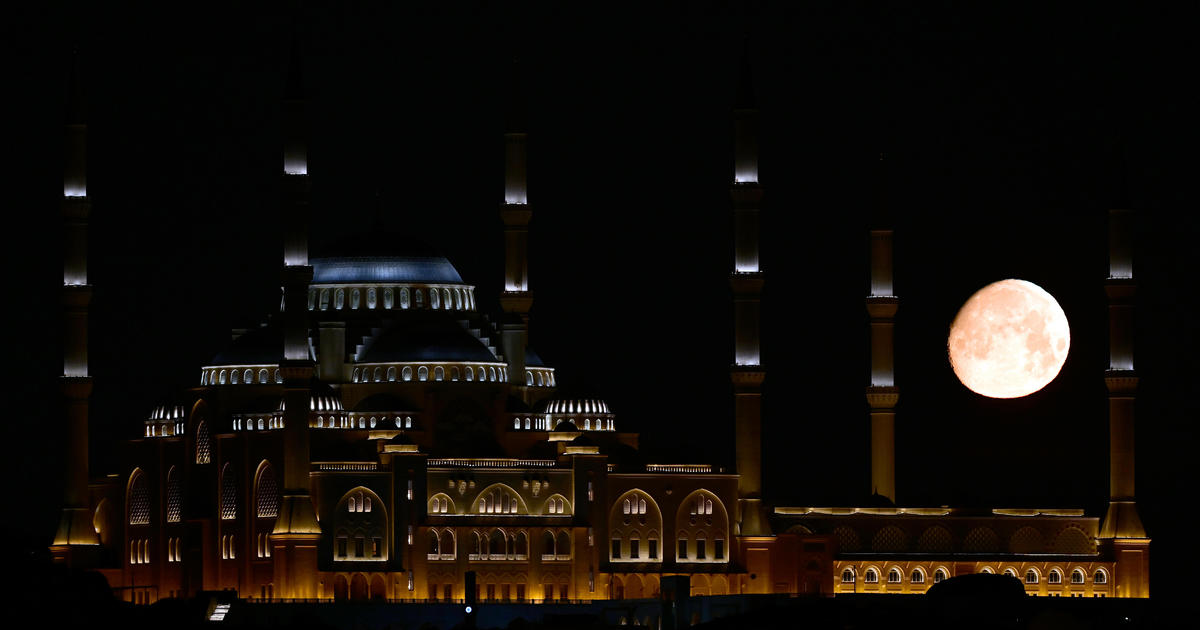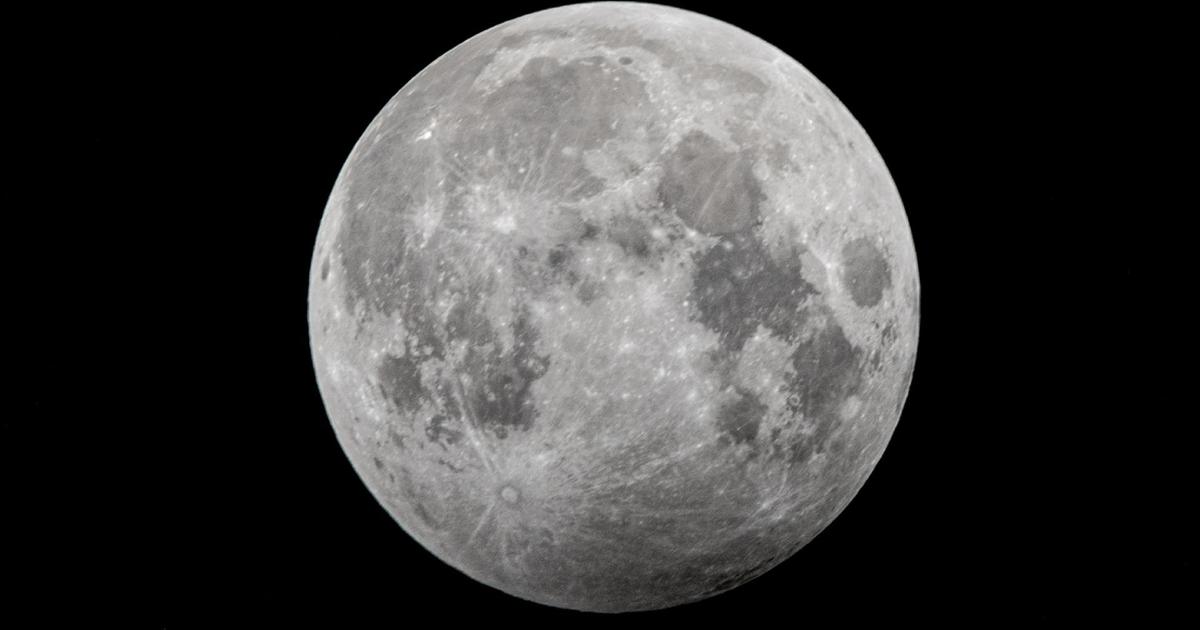Incredible image captures violent fight between 2 stars
Like humans, stars grow old and eventually die. Also like humans, stars sometimes fight with their closest friends.
A telescope in Chile recently captured the chaotic moment one star swallowed another, ending its life prematurely in an epic stellar confrontation. During the battle, one of the stars grew so large it was able to engulf the other, which then spiraled and caused the original star to shed its outer layers.
Using the Atacama Large Millimeter/submillimeter Array (ALMA) and data from the Atacama Pathfinder Experiment (APEX), astronomers spotted a gas cloud that resulted from the battle in the star system HD101584. The team published their findings in the journal Astronomy & Astrophysics.
"The star system HD101584 is special in the sense that this 'death process' was terminated prematurely and dramatically as a nearby low-mass companion star was engulfed by the giant," lead author Hans Olofsson of the Chalmers University of Technology in Sweden, said in a press release Wednesday.
When the larger star, which had puffed up into a red giant, tried to overtake its smaller companion, the latter fought back, spiraling toward the giant's core, but not colliding with it. Instead, the larger star burst, scattering its gas layers and leaving its core exposed.
The vibrant blue and red blobs of swirling stellar gas seen in the new image, released Wednesday by the European Southern Observatory, were formed when jets of gas blasted through the ejected material.
The battle helps astronomers to understand what the sun will go through as it evolves toward death.
"Currently, we can describe the death processes common to many sun-like stars, but we cannot explain why or exactly how they happen," said co-author Sofia Ramstedt from Uppsala University in Sweden.
"HD101584 gives us important clues to solve this puzzle since it is currently in a short transitional phase between better studied evolutionary stages," Ramstedt added. "With detailed images of the environment of HD101584 we can make the connection between the giant star it was before, and the stellar remnant it will soon become."





